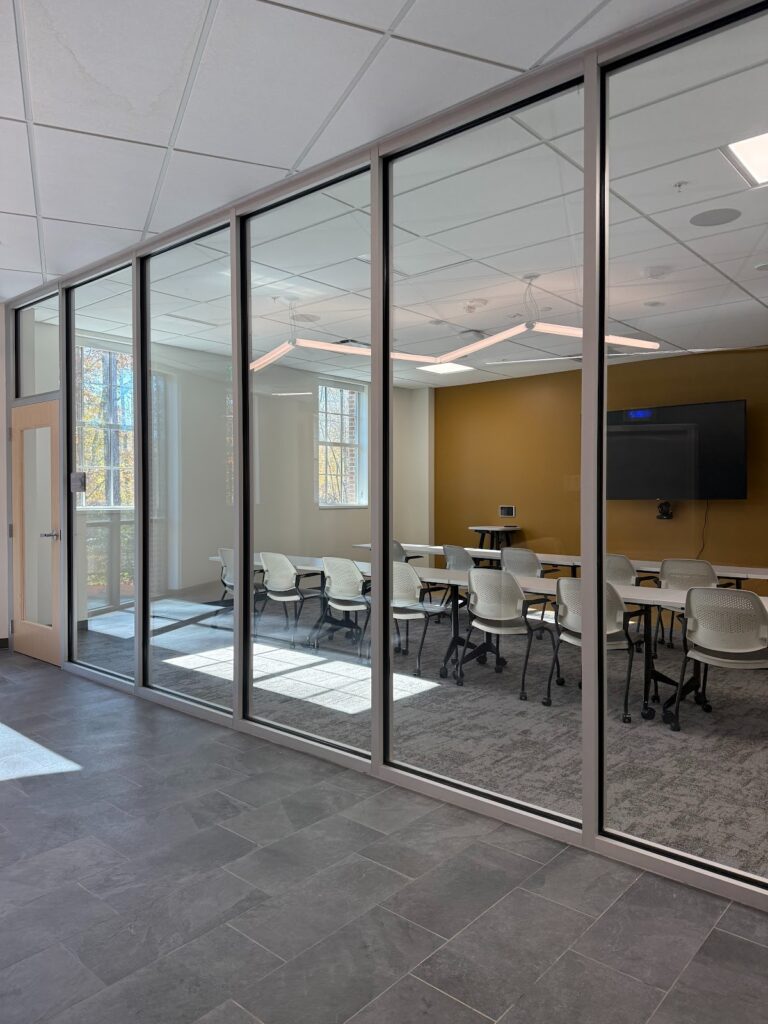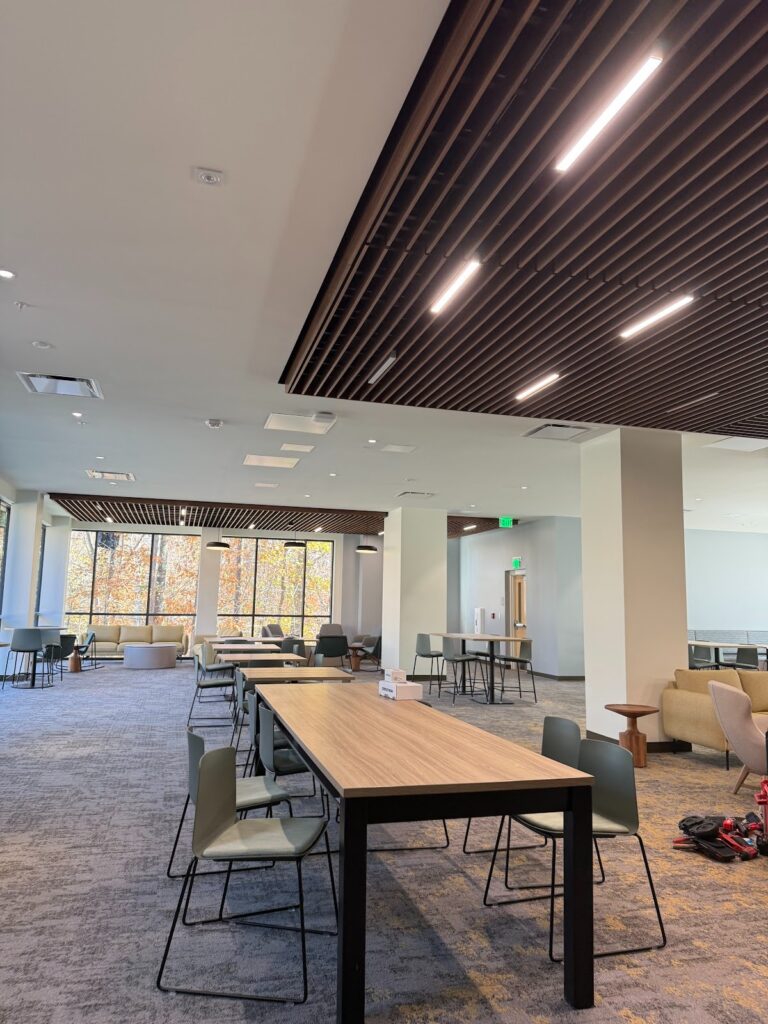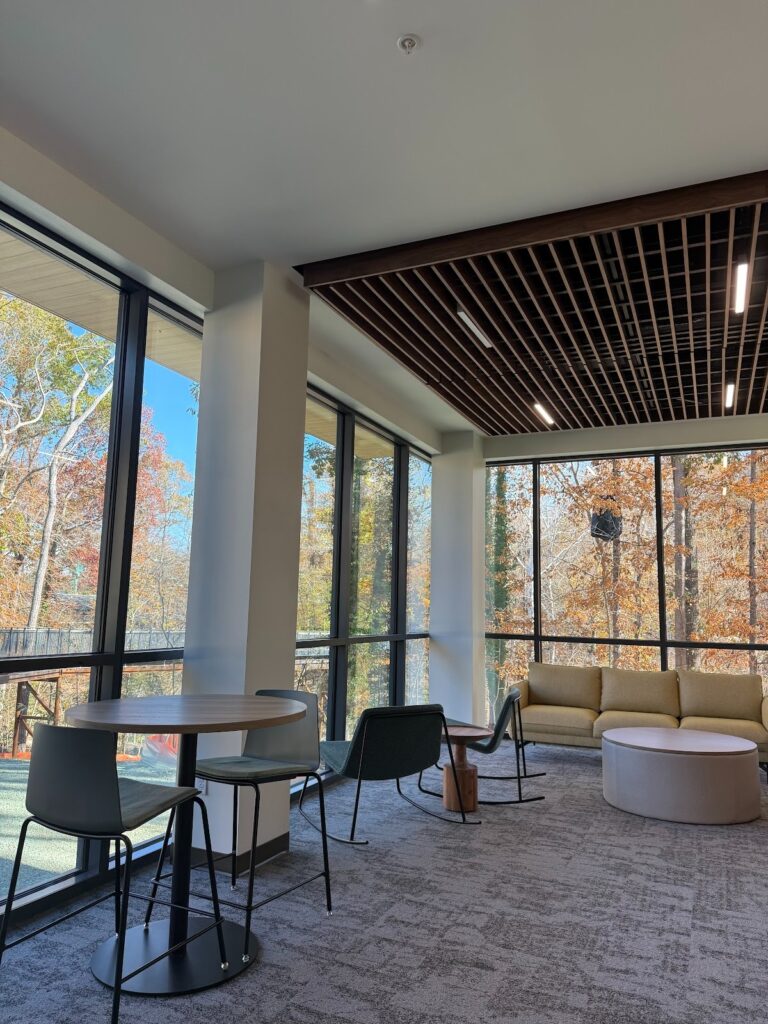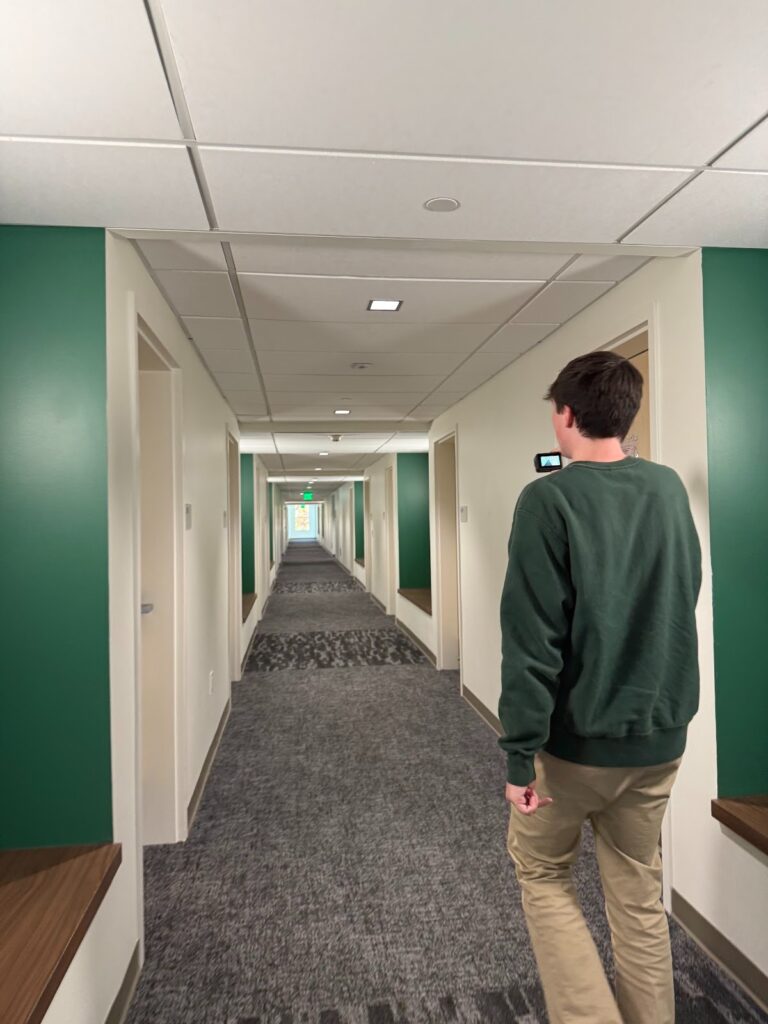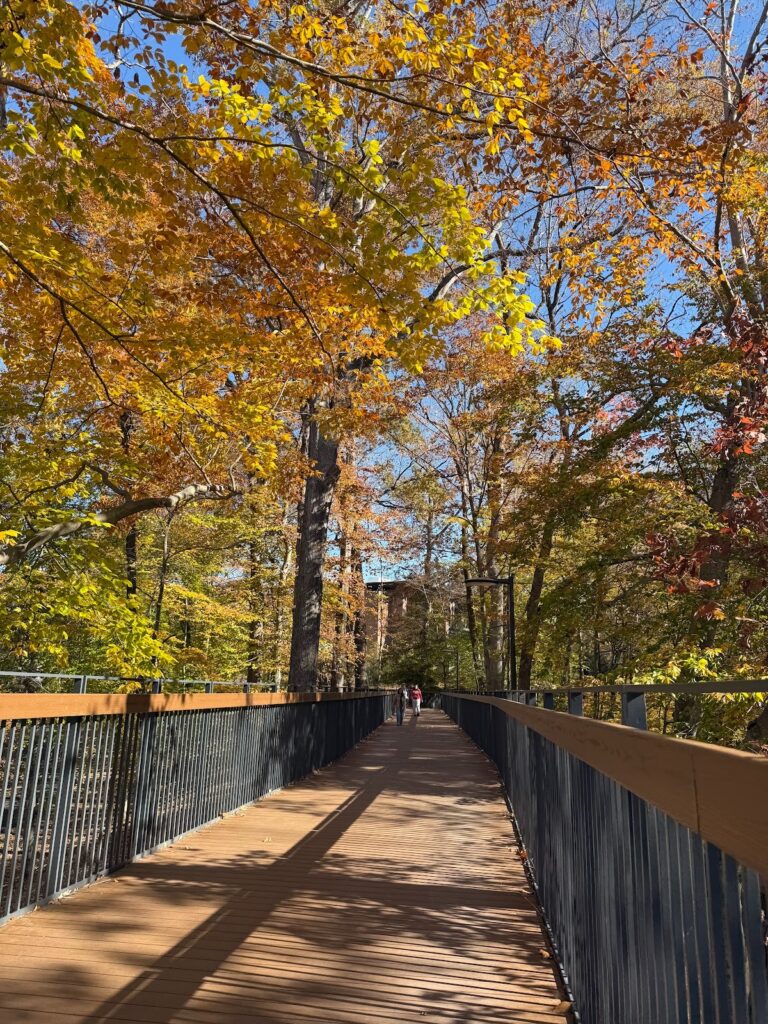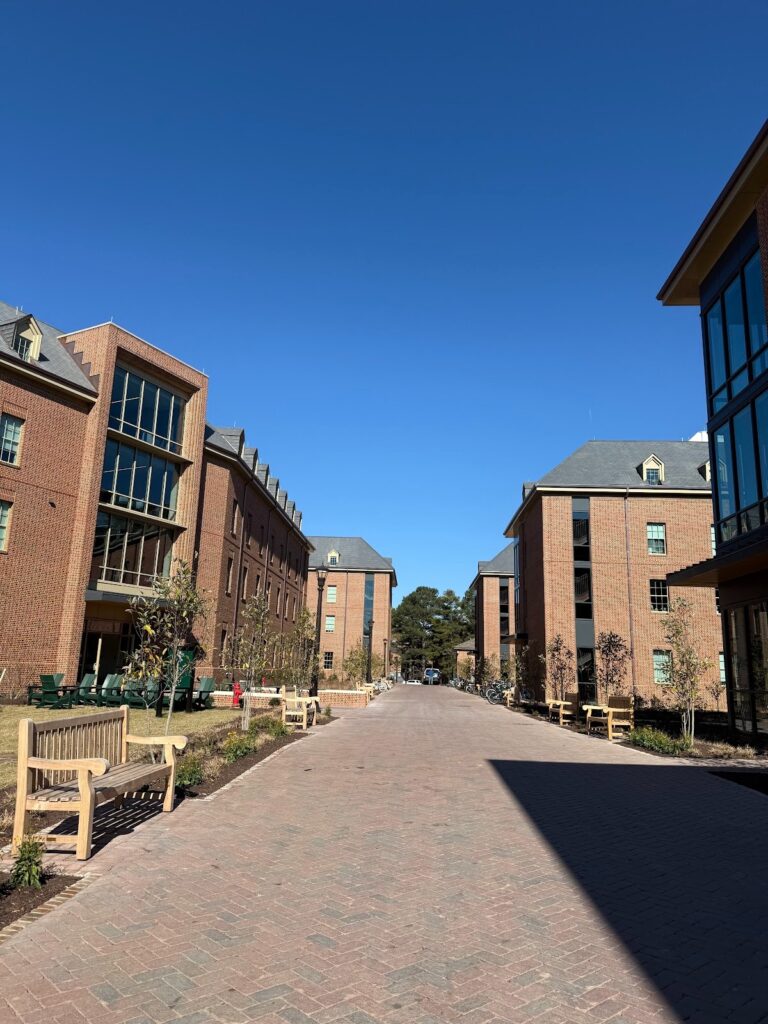Finals season has always felt strange to me as someone with an extremely busy schedule. All of a sudden you find yourself with so much empty time to be filled with studying (presumably). But sometimes for me, having this much time leads to procrastination or confusion on how to spend it.
Here are the top things I’m implementing into my final finals season that I’ve learned during my time here.
- Stick to your usual schedule
It might seem like a good idea to spend the extra time doing things you wouldn’t normally have time for during the semester, but deviating from your usual schedule can actually be super unhelpful. For example, staying up later or getting up earlier messes with your circadian rhythm.
- Plan out your tasks
I have a list of everything I need to do: assignments, projects, essays, etc. in order of due date and difficulty! This helps me plan out what I need to be doing and when so that I stay on top of my work.
- Dedicate time for yourself
While studying for 12 hours each day might help you memorize more, it’s also equally as important to take breaks! Having time to indulge in hobbies, hang out with friends, and exercise can help reset from studying and regulate your mental health.
- Get enough sleep, hydration, and fuel
Make sure you’re using some of those breaks to refuel yourself! Studying without energy won’t help you remember anything, so make sure to take care of yourself first!
- Have something to look forward to each day
I know that this tip has helped me time and time again. I love scheduling dinners with friends, getting a sweet treat after a long day of studying, doing something to get me into the holiday spirit, or honestly some retail therapy never hurts. Reward yourself for the hard work you’re putting in!
- Trust yourself when it comes to exam time
A common thread amongst W&M students is perfectionism, but it’s so important that you trust the work you’ve put in not only during finals, but the entire semester! You’ve done the work and now trust yourself to convey that when it comes to your final exam.

